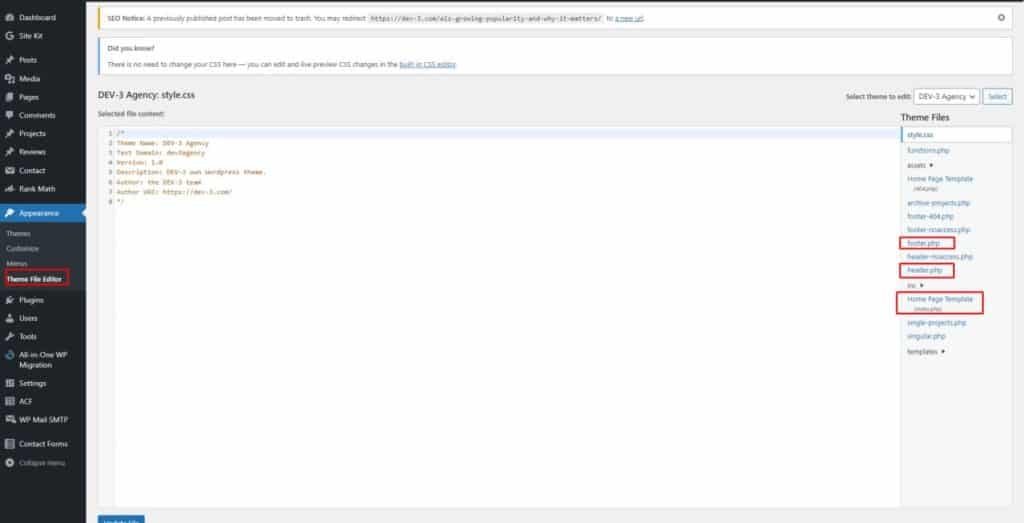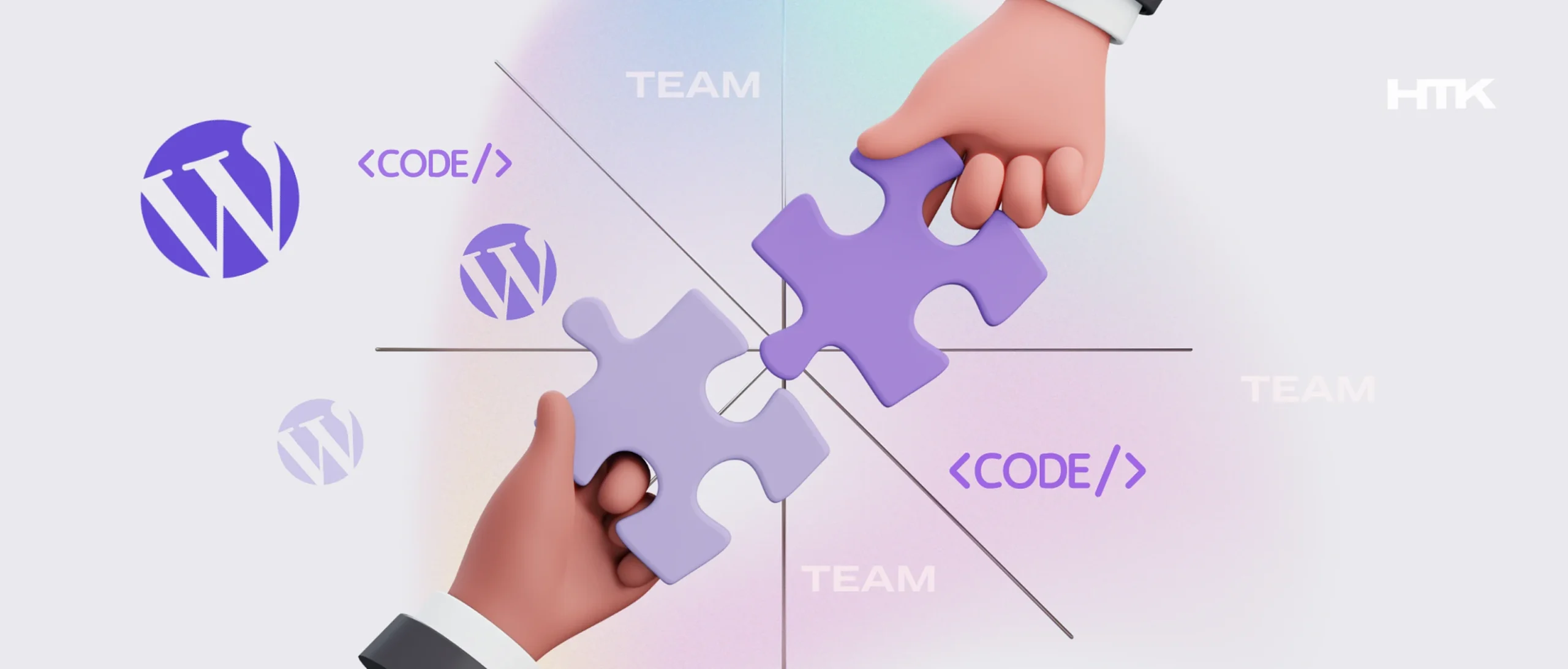Architecture of a WordPress website and its themes
- Exploring WordPress Website Structure
- Unveiling Common wordpress template architecture
- Unveiling Important understanding wordPress installation Files and Folders
- Accessing the MySQL Database
Delve into the intricacies of WordPress development to unlock the secrets of optimizing your website’s SEO. As the leading open-source web building tool, WordPress powers over 34% of websites worldwide. Its popularity stems from its user-friendly nature, making it easy to grasp the fundamentals of wordPress architecture. Understanding how your website is structured will empower you to devise an effective optimization plan and comprehend the rationale behind SEO tasks.
Exploring WordPress Website Structure
WordPress has emerged as the leading open-source web building tool, powering more than 34% of websites globally. Its popularity can be attributed to its user-friendly interface, which simplifies the process of creating and managing websites. One crucial aspect of WordPress that website owners should understand is the architecture of their WordPress sites. By gaining insights into the structure and organization of a WordPress website, you can optimize your site’s SEO and enhance its performance. In this article, we will delve into the intricacies of WordPress website structure and unveil the secrets to effective optimization.
Deconstructing a WordPress wordpress architecture:
At the core of every WordPress website is a theme, which provides the foundation for its design and functionality. Whether you start with a pre-designed theme or convert an existing HTML website to WordPress, the theme plays a vital role in shaping your site. A typical WordPress theme consists of several files, including template files, stylesheets, JavaScript snippets, image files, and the functions.php file. These files can be found within the wp-content/themes folder of your WordPress installation.
Unveiling Common wordpress template architecture
Template files are develop in PHP and determine how different sections of your website are displayed. Understanding the purpose and functionality of commonly encountered wordpress template architecture files is crucial for customizing your WordPress theme. Here are some template files you are likely to encounter:
Header.php:

The header.php file contains the header section and navigation links of your website. It is where you can add analytics tracking codes and make customizations. You can access and edit this file through the admin dashboard by visiting Appearance > Editor.
Index.php: Originally designed for blogging purposes, index.php serves as the homepage file in most WordPress themes. Depending on the theme, the homepage file may also be located in home.php or front-page.php.
Footer.php: As the name suggests, the footer.php file contains the content displayed at the bottom of your web pages. It is a common practice to add third-party tracking codes, such as email marketing solutions or analytics applications, to this file. Similar to header.php, you can access and edit footer.php through the Appearance > Editor section in the dashboard.
Functions.php: Considered one of the most crucial components of WordPress website architecture, functions.php allows you to define functions, classes, actions, and filters that other templates within the theme rely on. It provides the flexibility to add custom features to your theme. However, it’s important to note that any functionality added through functions.php will be lost if you switch to a different theme.
Style.css: The style.css file dictates the design and layout of your web pages. It contains the styling definitions for your template, such as colors, fonts, and spacing. By editing the style.css file, you can customize the visual appearance of your WordPress theme. Access to style.css can be obtained through Appearance > Editor in the dashboard.
Unveiling Important understanding wordPress installation Files and Folders
In addition to the theme-specific files, there are certain files and folders that are common to every WordPress installation. These files and folders serve crucial functions in the overall architecture of a WordPress site:
wp-content: This folder is pivotal to WordPress as it houses all the user-generated content, including themes, plugins, and uploads such as images, videos, and other files. Each item resides in a separate directory within the wp-content folder.
wp-config.php: The wp-config.php file is a core file that contains essential information about your WordPress site’s database, including the database name, username, password, and host. It establishes the connection between the content management system (CMS) and the database for data storage and retrieval. Caution should be exercised when modifying this file, as any errors can significantly impact your website’s functionality.
.htaccess: The .htaccess file is primarily used by WordPress hosts utilizing the Apache server. It is a configuration file that controls access to your website and contains directives for various settings. In WordPress, the .htaccess file is often used for setting permalinks, which define the structure of your website’s URLs. Modifying this file without proper knowledge can result in unintended consequences, so it’s essential to exercise caution.
Accessing the MySQL Database
WordPress relies on the MySQL database system to store and retrieve data. During a manual WordPress installation, you will need to create a MySQL database specifically for your website. Accessing the database requires navigating the cPanel of your hosting account, where you will find a tool called phpMyAdmin. To use phpMyAdmin, you will need your database username and password, which can be found in the wp-config.php file by connecting to your website via an FTP client.
Within phpMyAdmin, you have the ability to create backups of your database, ensuring the security and integrity of your website. The tool provides convenient options for exporting and importing your database, making it easy to manage backups.
Equipped with a comprehensive understanding of WordPress website architecture, you now possess the key to unlock a world of possibilities. By navigating the design choices, optimizing functionality, and leveraging the full SEO potential of your website, you can transform your WordPress site into a digital masterpiece. Embrace the power of WordPress and let your website thrive.

Free website strategy session with a senior web expert
For over a decade, we’ve helped startups, SaaS companies, and service brands build high-performing websites that drive real results. Whether you’re planning a redesign, launching a new product, or need to scale your platform—our technical and UX expertise can help you move faster and smarter.
Ready to talk? Connect with a lead developer at Hutko.dev for a FREE 30-minute strategy call. Let’s map out your next step, together.
Book a Free Call




